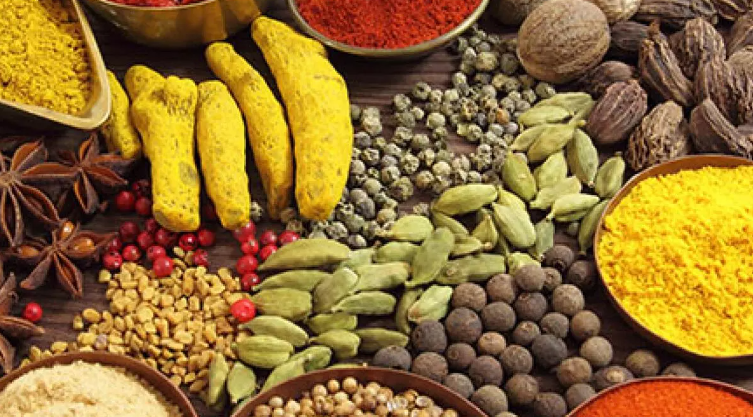India’s Spice Board Addresses Ethylene Oxide Contamination (GS Paper 3, Economy)

Introduction
- The Spices Board of India has taken proactive measures to address the issue of ethylene oxide (EtO) contamination in spices exported from the country.
- This decision comes in response to bans imposed by Hong Kong and Singapore on popular Indian spice brands like MDH and Everest due to the presence of ethylene oxide, a known carcinogen.
- The contamination has raised concerns among international buyers and has prompted a mandatory recall of the affected products.
Use of Ethylene Oxide
- Ethylene oxide is commonly used for the sterilization and fumigation of agricultural products due to its effectiveness in killing bacteria, fungi, and insects.
- However, its carcinogenic properties have led to strict regulations regarding its presence in food products worldwide.
Spices Board Guidelines
The guidelines issued by the Spices Board aim to address the contamination issue comprehensively:
- Prohibition of EtO Use: Exporters are instructed to refrain from using ethylene oxide throughout the spice production and supply chain, including treatment processes, transportation, storage, and packaging.
- Testing and Monitoring: Regular testing for ethylene oxide contamination is mandated, covering raw materials, processing aids, and finished goods. Any contamination detected must be followed by a thorough root cause analysis to implement preventive measures effectively.
- Alternative Sterilization Methods: Exporters are encouraged to utilize alternative sterilization methods approved by the Food Safety and Standards Authority of India (FSSAI), such as steam sterilization, irradiation, and others.
- Critical Control Points: Ethylene oxide must be identified as a hazard, and critical control points should be incorporated into Hazard Analysis Critical Control Points and Food Safety Plans.
Additional Safety Measures
In addition to the above guidelines, the Spices Board has outlined further safety measures to enhance the quality of spices:
- Rejection of Contaminated Raw Materials: Spices and herbs containing microbial contaminants beyond acceptable levels must be rejected.
- Prevention of Cross-Contamination: Measures must be implemented at all processing stages to prevent cross-contamination, including effective handling and packaging practices.
- Packaging and Transportation Requirements: New, non-porous containers should be used for packaging, and clean and dry transportation conditions should be maintained to prevent contamination during transit.
Impact on Trade
- The implementation of these guidelines is crucial not only for public health but also for India's spice export industry, which was valued at USD 4.25 billion in 2023-24.
- By assuring international markets of the quality and safety of Indian spices, these measures may stabilize and increase India's share in the global spice market, particularly in light of stiff competition from other major exporters like China.
Conclusion
- The Spices Board's proactive approach to addressing ethylene oxide contamination demonstrates India's commitment to ensuring the quality and safety of its spice exports.
- By enforcing stringent guidelines and promoting alternative sterilization methods, the country aims to maintain its position as a leading player in the global spice trade while safeguarding public health and consumer confidence.


